
Aryan Books International

397 books

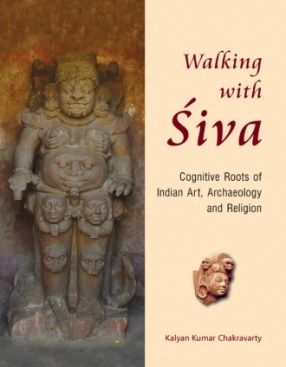
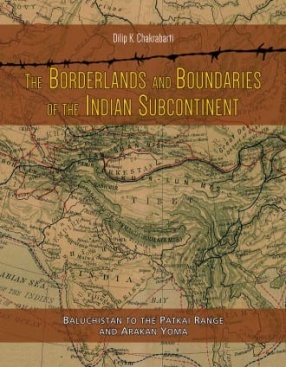

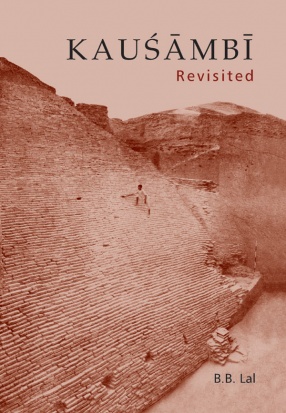
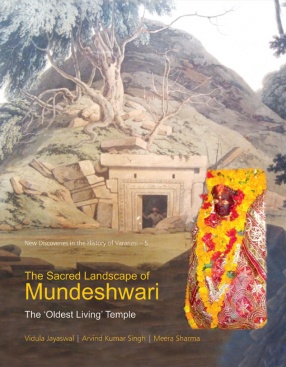
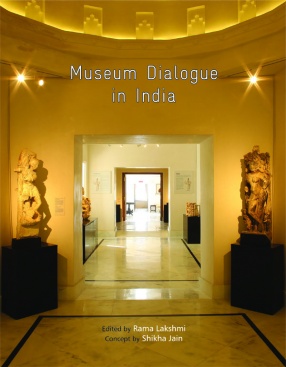
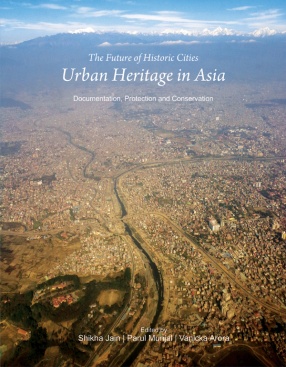
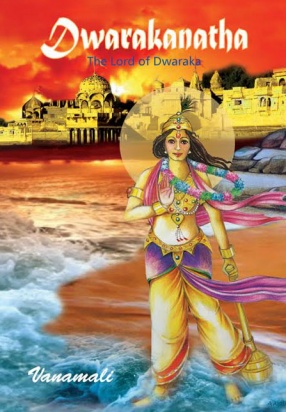
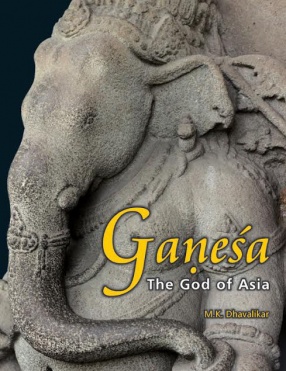

The book delivers a profound analysis of the 60 monumental slabs which covered the dome of the as yet relatively unknown stupa at Kanaganahalli (Karnataka), one of the greatest discoveries of the Archaeological Survey of India in the 20th century. The study presents a stylistic examination of the reliefs and tentatively determines their original sequence. Using the Prakrit inscriptions on the slabs, as well as textual sources in Sanskrit, Pali, and Chinese, the ...

The question of the Homeland of the Indo-European (IE) or “Aryan” language family is, as riddles in the otherwise prosaic field of historical linguistics go, of unusual importance. It pits essentially two theories against one another. Either ancestral Proto-Indo-European (PIE), mother of most Indian and European languages, was spoken in Northwestern India, some 6000 years ago. This was the dominant view for some forty years after the close kinship ...
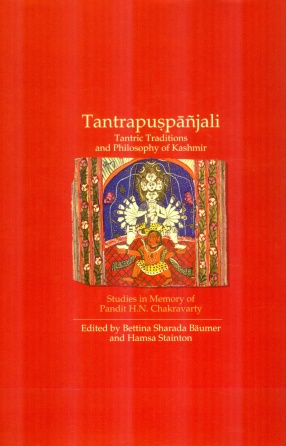
Pandit H.N. Chakravarty (1918-2011) was a traditional scholar of Tantra and Kashmir Saivism in Varanasi who contributed much to the continued teaching of the tradition. The present volume is a tribute to his memory by some of his students and admirers. It contains original articles on important Tantras and Tantric traditions of Kashmir (by Bettina Sharada Baumer, Advaitavadini Kaul, Mark Dyczkowski, Annette Wilke, John Dupuche) and on the philosophy and ...

This volume speaks about the quest for the idea and image of a Universal Being which can be all things to all beings. It moves afar, looking for parallels, precedents and progenies, in Asia and the world, of the unique, hydra-limbed, massive 5th century ad Rudra Siva image found at Tala in Chattisgarh in India in 1987. It explores the immense vitality of its presence, simultaneity, ambiguity and profundity of its denotative and connotative meaning. Based on ...
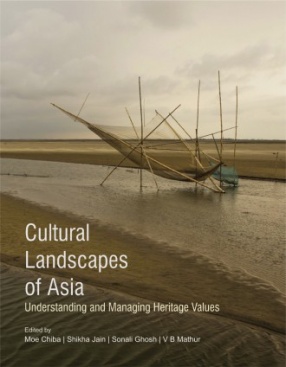
The Asian and Indian diaspora is a rich repository of cultural landscapes with its diverse races, culture, ideologies and settlement patterns set across a wide range of geographical settings. The Ministry of Culture, India defines Indian Cultural Landscape as ‘a living, dynamic manifestation of the harmonious co-existence of cultural ideologies with its natural environment and setting.’ However, the full potential of cultural landscapes in India and ...

This volume has sought to examine the basic elements of geographical, historical, economic and religious interactions between the accepted outer boundary line of the Indian subcontinent and the major geographical zones which lie outside it. The various boundary lines, which were drawn from time to time in the late nineteenth and early twentieth centuries to define the sub-continent in relation to its overland neighbours, were the products of the contemporary ...

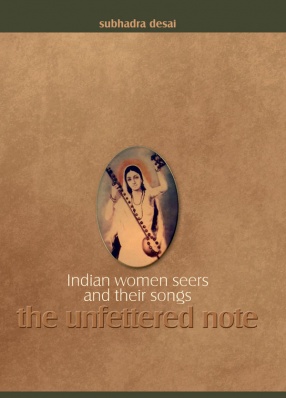
In India as elsewhere in the world, music and literature have often converged since earliest times. In the hymns and songs through millennia, India inherits a remarkable legacy where exceptional literature finds inspiring voice.
This tradition of the synthesis of literature and music that germinated in India in the Vedic Age remained alive and vibrant through the centuries in the work of Saint-poets, who adopted music as a medium to express their deepest ...
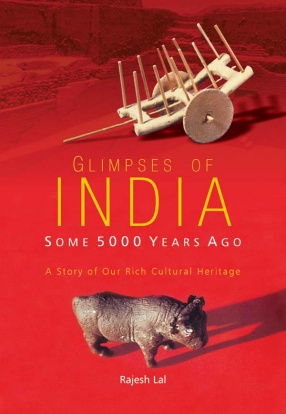
This book is about the history and culture of India 5000 years ago. It aims at reaching out to the common man, from young students to grown-ups, who are not aware of the various discoveries brought forth through excavations since Independence.
To illustrate the point, students from 1950s onwards have not been taught about the discoveries in the field of archaeology and associated sciences, which have disproved the theory of Aryan Invasion. Therefore, they still ...

Located on the left bank of the Yamuna, at a distance of about 50 kilometres south-west of Allahabad, Kausambi is decidedly one of the most important sites of early historical India.
Excavations carried out over here by the late Professor G.R. Sharma and his colleagues have brought to light many noteworthy structures and antiquities. However, some of the structures have wrongly been adjudged. For example, a fallen mass of bricks has been identified as a ...
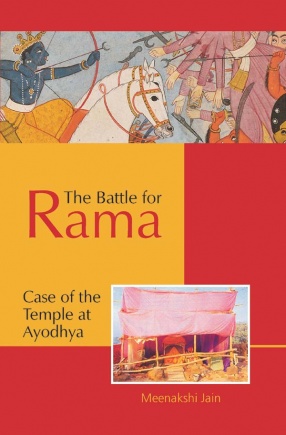
For over two decades, a handful of Left historians have strenuously endeavoured to stymie the Ramjanmabhumi movement. From questioning the antiquity of Rama worship and the identity of ancient Ayodhya, they have also challenged the widely held belief that Babri Masjid was built on the site of the Janmabhumi temple.
Scholars have, however, traced the antiquity of the Rama Katha as far back as sixth-fifth century bce, when ancient ballads (akhyanas) transmitted ...
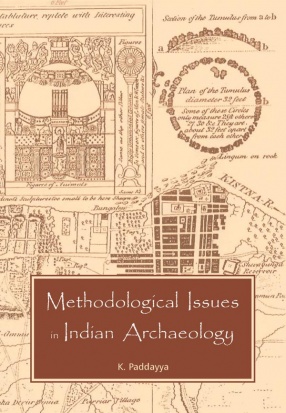
The thirteen essays making up this volume are a methodological complement to K. Paddayya’s essays in theoretical archaeology already published in two books entitled Multiple Approaches to the Study of India’s Early Past: Essays in Theoretical Archaeology (2014) and Revitalizing Indian Archaeology: Further Essays in Theoretical Archaeology (2016). The present anthology comprises writings dealing with certain general level as well as specific techniques ...

Reputed to be one of the oldest living temples of the world, Mundeshwari is also the oldest temple of Nagar/North Indian style in the outskirts of Varanasi. Its significance increases further when one finds its composition to be governed by two diverse religious traditions—the 'Elite' and the 'Adivasi'. The shrine is an example of acculturation, and is a happy blending of the Brahmanical and Adivasi religious ideologies and practices. An ancient cultural ...

This book is the first-ever compilation of essays by cultural practitioners about the changing and unchanging dynamics of India's museum landscape. The essays highlight Indian cultural institutions' ambitious beginnings, missed opportunities along the way, and the canvas for future imaginings.
At a time when museums in India are undergoing a sea change, this publication provides an invaluable insight into museum design, curatorial narratives, documentation and ...
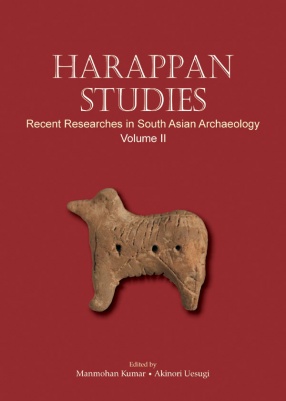
The present volume, the second in the series on Harappan Studies, incorporates twelve papers on various aspects of Harappan archaeology and allied fields. These papers range from Mesolithic to the historical periods based on archaeological excavations and explorations. The emphasis has not only been on the interpretation of new discoveries but also on the reinterpretation of the already known findings. The papers cover a wide spectrum, from monsoon and ...
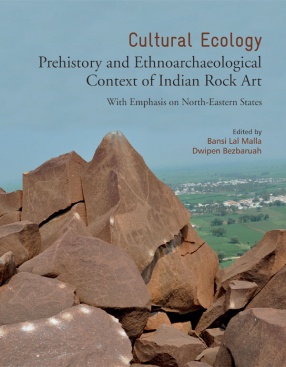
Art and human life are inseparable. Indian thought currents, values and ethics have always had reverence for all that existed in nature, so much so that it evolved a concept that all that is alive, from plants to animals and human species, belong to a single family (VasudhaivaKutumbakam). They have all originated from a common source and are interdependent. The same worldview has found its reflection in Indian art, both in vernacular and classical traditions. ...

Urban heritage of Asia and India is a very significant segment that has largely remained unaddressed for a long time. Recent recognition of Asian and Indian cities as living heritage in UN policies is a welcome change. This volume provides an overview of UN approach to Asia's urban heritage along with a wide perspective of national and regional approaches to urban conservation in a range of Asian countries. More specifically, it evaluates the recent focus on ...

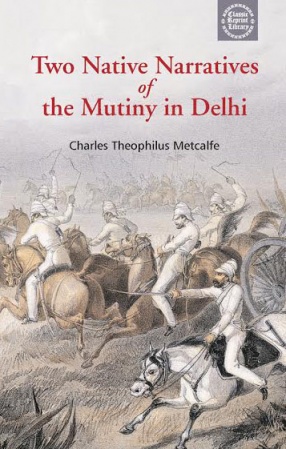
There are several accounts of Indian Mutiny by Englishmen and from an English point of view. This volume is one of the few that presents two native (Indian) accounts of the Mutiny-one by Muinuddin Hassan Khan and the other by Munshi Jeewan Lal.
The volume is a significant contribution to the history of Indian rebellion of 1857-58.
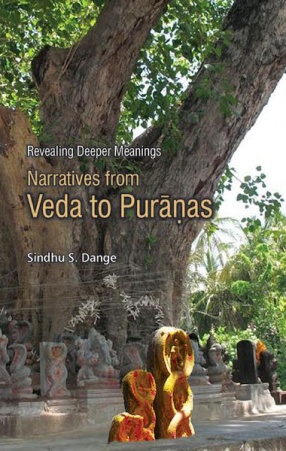
Narratives or mythical accounts from Veda to Puranas, at every place, support the issues occurring in the multi-faceted ancient Indian tradition. For every change, though slight, in the ancient Indian society, and for a new face-lift of the society, in the sphere of code of conduct, these narratives figure as arthavada, and have functional value. To know the real purport of these narratives is the right key to unfold the fine synthesis of ‘Old’ and ...
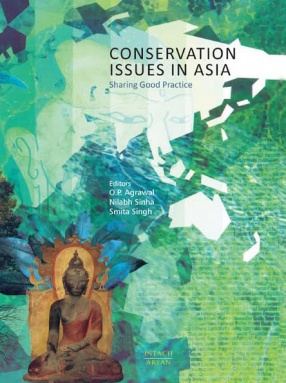
Implies a holistic approach to preserving our cultural heritage so that this legacy remains secure and un-diminished for future generations. Although governed by highly technical processes the key to any successful conservation endeavour remains a cooperative effort between the community and the conservator. Active community participation and stake-holding in the process of conservation enrich it, and ensure long-standing relationship between society and ...
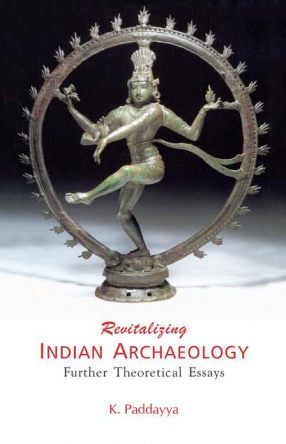
The volume should be of immense help to students and scholars of numismatics. They will gain a deeper insight and understanding of Indian numismatics in general and about this remarkable series of silver punch-marked coins in particular.

Ganesa is probably the most popular god in India among the Hindus and was accepted by the Buddhist and Jaina as also by the Tantrics. His very therianthropic form evokes curiosity and many attempts have been made to explain it on the basis of literary testimony which, however, is a later fabrication. Relevant archaeological testimony, however, was largely ignored. But it should be emphasized that only archaeology offers reliable data which has been employed here ...
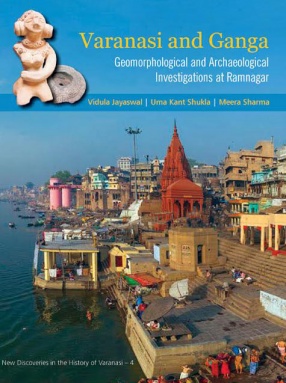
The book embodies results of the first multi-disciplinary study carried out on the banks of the river Ganga. The scientific information collected by geological and archaeological investigations by experts brings to light many unknown facets of the centre of Indian culture – Varanasi, and its lifeline – the river Ganga. Needless to say that Ganga and Varanasi are inseparable physically as well as culturally. The results of this study at Ramnagar also ...
